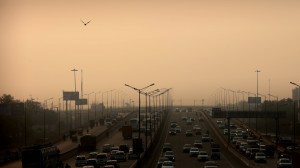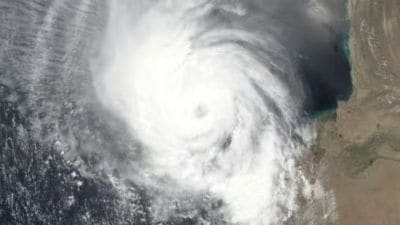Not so long ago, the same NHPC had dismissed any threats from GLOF — and the tribunal had accepted this explanation.

In 2014, when NHPC’s 520 MW Teesta-IV project faced a challenge to its environmental clearance, NHPC, in an affidavit to the NGT, said that projects below Chungthang (Teesta-III) faced no threat from GLOFs. Apparently convinced, the NGT dismissed the appeal against Teesta-IV’s environment clearance in 2017.
Subsequently that year, three Lepcha gram panchayats, as reported by The Indian Express, had raised questions regarding the manner in which the district administration had furnished consent under the Forest Rights Act for Teesta-IV’s final forest clearance which is still awaited.
The GLOF that washed away the 1200-MW Teesta-III in the early hours of October 4 caused severe damage to two NHPC projects: 510 MW Teesta-V and the under-construction 500 MW Teesta-VI — downstream (see map). According to official estimates, 37 deaths have been confirmed until October 13 while 30 are in hospital and 78 are missing.
Summing up the damage on October 5, NHPC said in a press release: “The flood water overtopped the dam of Teesta V… All connecting roads to the project sites, as well as parts of residential colony, have been severely damaged. Presently, the power station is under shutdown and not generating electricity.”
“Ongoing works of under construction hydro project Teesta VI… have been disrupted. The flood water had entered into the powerhouse and transformer cavern. Bridges connecting right and left banks at the barrage as well as Power House have been washed out,” it added.
Story continues below this ad
This is in sharp contrast to what NHPC had said in its affidavit before the NGT when, in 2014, members of the local Lepcha community challenged the project’s environment clearance on multiple grounds, including the absence of studies on the potential impact of GLOFs on the project.
In its 2014 affidavit to the NGT, NHPC said: “As regards GLOFs, they are anticipated in the Northern part of Sikkim where glacial lakes are prevalent. The phenomenon of GLOFs is relevant to the projects located above Chungthang. Teesta IV is located far below Chungthang.”
Dismissing the case in 2017, the NGT observed that “the affidavits filed by the respondents reveal that the project proponent has addressed all the issues raised by the appellants.”
Asked about the learnings from the Teesta-III dambreak, an NHPC official said: “The extent of damage at the project sites will be assessed in detail once the water level recedes.”
Story continues below this ad
Members of Affected Citizens of Teesta (ACT), a local organisation of indigenous people opposed to mega power projects, said that they would watch the current case at NGT with caution since appeals made by affected citizens against the environmental clearances of the Teesta III and the proposed Teesta IV before the NEAA in 2006 and the NGT in 2014, respectively, were dismissed in the past.
“The appeals specifically highlighted the lack of study on the impact of GLOFs. Even a child in the mountains will tell you that a flood has to flow downstream and cannot miraculously disappear after Chungthang,” said an ACT representative.









